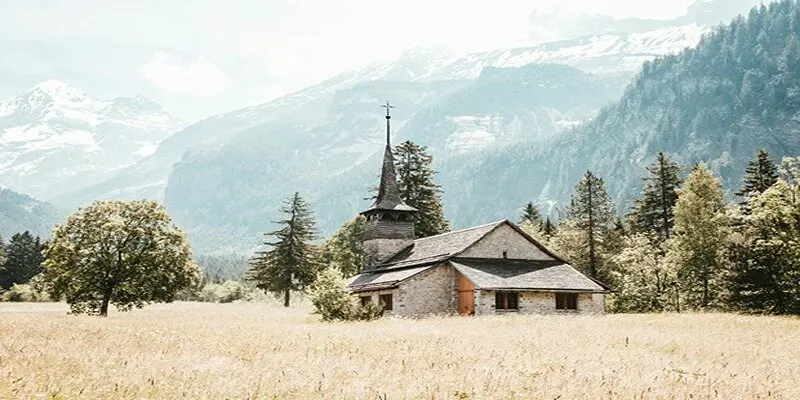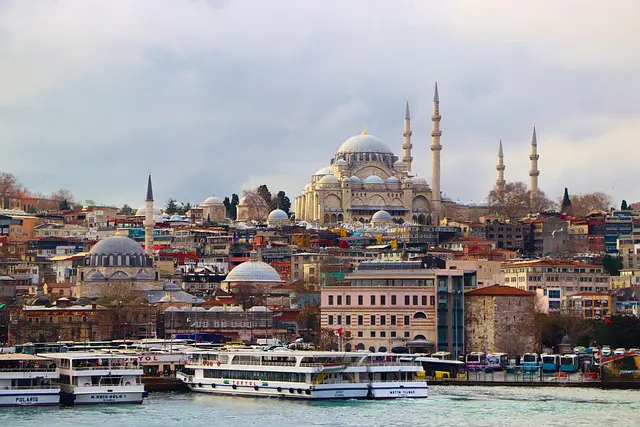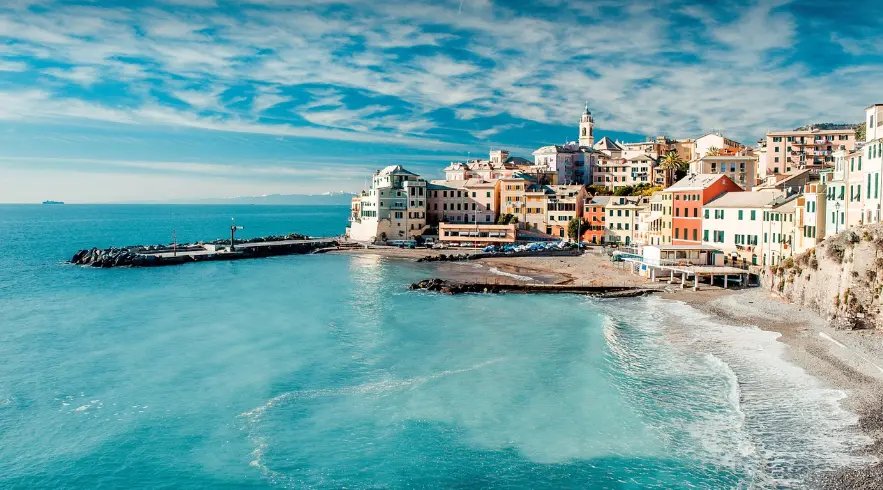While the iconic cities of Europe such as Paris, Rome, and Amsterdam are well-known to travelers, there are countless hidden gems across the continent that are ripe for exploration. These lesser-known destinations offer visitors a chance to delve into unspoiled natural landscapes, partake in distinctive cultural experiences, and taste authentic local cuisines.
Take, for instance, Slovenia's Lake Bled, a peaceful haven that has not yet gained widespread international attention. This scenic lake, nestled between the towering Julian Alps, is a breathtaking sight. Visitors can embark on a boat journey to a small island that hosts an old church, providing a tranquil escape from the fast-paced modern world. Lake Bled is a prime example of the rich beauty and historical significance found in Europe's less-visited attractions.
Albania offers a refreshing contrast to the crowded beaches of Croatia and Greece. Its untouched beaches boast crystal-clear waters and secluded bays, ideal for both relaxation and adventure. Along the Albanian Riviera, towns like Dhërmi and Jale exhibit a pristine charm unmarred by the heavy commercialization that plagues other Mediterranean hotspots.
Romania's Transylvania, renowned for its Dracula legends, remains largely untouched by international tourism. Here, travelers can explore medieval castles such as Bran Castle, often linked to Dracula, or hike through the Carpathian Mountains in search of wildlife and breathtaking views. This region is steeped in folklore, and visitors can immerse themselves in centuries-old customs through interactions with local artisans and villagers. Transylvania's diverse landscape, ranging from dense forests to vast hilltop settlements, makes it an excellent choice for those who cherish the outdoors and history.
The charm of these off-the-beaten-path locations lies not only in their picturesque beauty but also in the genuine cultural encounters they offer. Travelers often establish a deeper connection with the local way of life through traditional cooking classes, local festivities, or by engaging with craftsmen and community members. For those looking to escape the commercialized and impersonal nature of mainstream tourist spots, these European hidden treasures provide a rejuvenating alternative.
As these secret spots gain popularity, there is a potential risk of increased commercialization. It is essential for travelers to strike a balance—exploring these areas while being considerate of the local communities and the environment. Sustainable tourism is paramount, which involves staying in accommodations owned by locals, dining at family-run restaurants, and engaging with the culture in a meaningful way. By doing so, we can help ensure the longevity of these hidden gems, support the local economy, and contribute to the preservation of local culture and heritage.









